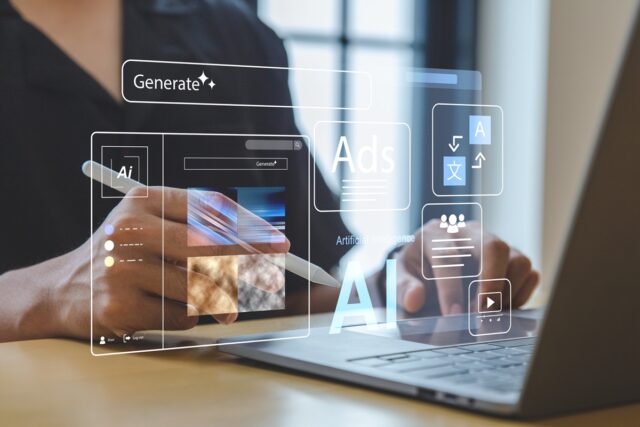August 28, 2025
The Real AI Security Threat Is Sitting Inside Your Company

Forget the image of a hooded hacker working from the shadows. The latest Insider AI Threat Report Summer 2025 from CalypsoAI shows the real risk is your own employees. From junior staff to the C-suite, workers are increasingly using AI tools in ways that bypass company rules, expose sensitive data, and leave businesses vulnerable.
AI is becoming the colleague employees confide in, rely on, and sometimes prefer over their human managers. Over 40% say they trust AI more than their colleagues, while 38% would rather report to an AI manager than a human one. For 34%, access to AI is non-negotiable. They’d simply quit if their employer banned it.
The same goes for executives. More than half of C-suite leaders (58%) trust AI over their peers, and half would prefer an AI boss. Yet enthusiasm doesn’t equal expertise, with 38% admitting they don’t even know what an AI agent is. This gap between adoption and comprehension has become a business risk in its own right.
Rules Broken, Risks Ignored
The report reveals how blurred the lines between convenience and compliance have become. Over half of employees (52%) admit they’d use AI against policy if it made their work easier, and 28% have already used it to access restricted data. Despite this, 84% believe their CEO or IT team would detect an AI-led breach.
The dangers are especially acute in industries where compliance is critical. In banking and finance, 60% of employees use AI despite explicit bans, and over 30% don’t feel guilty about it. Healthcare shows the lowest adherence to AI policy, with nearly 20% employees doubting IT could detect a leak. Even in the security sector itself, 42% of workers admit they’d knowingly break policy if AI could ease their workload.
Instead of coming only from malicious actors, threats now include employees who treat AI as a partner, even when it means sidestepping company rules. Adoption is already happening across the workforce, so the real challenge for businesses is building safeguards that keep this reliance from turning into data leaks, compliance failures, or deeper strains on workplace trust.



